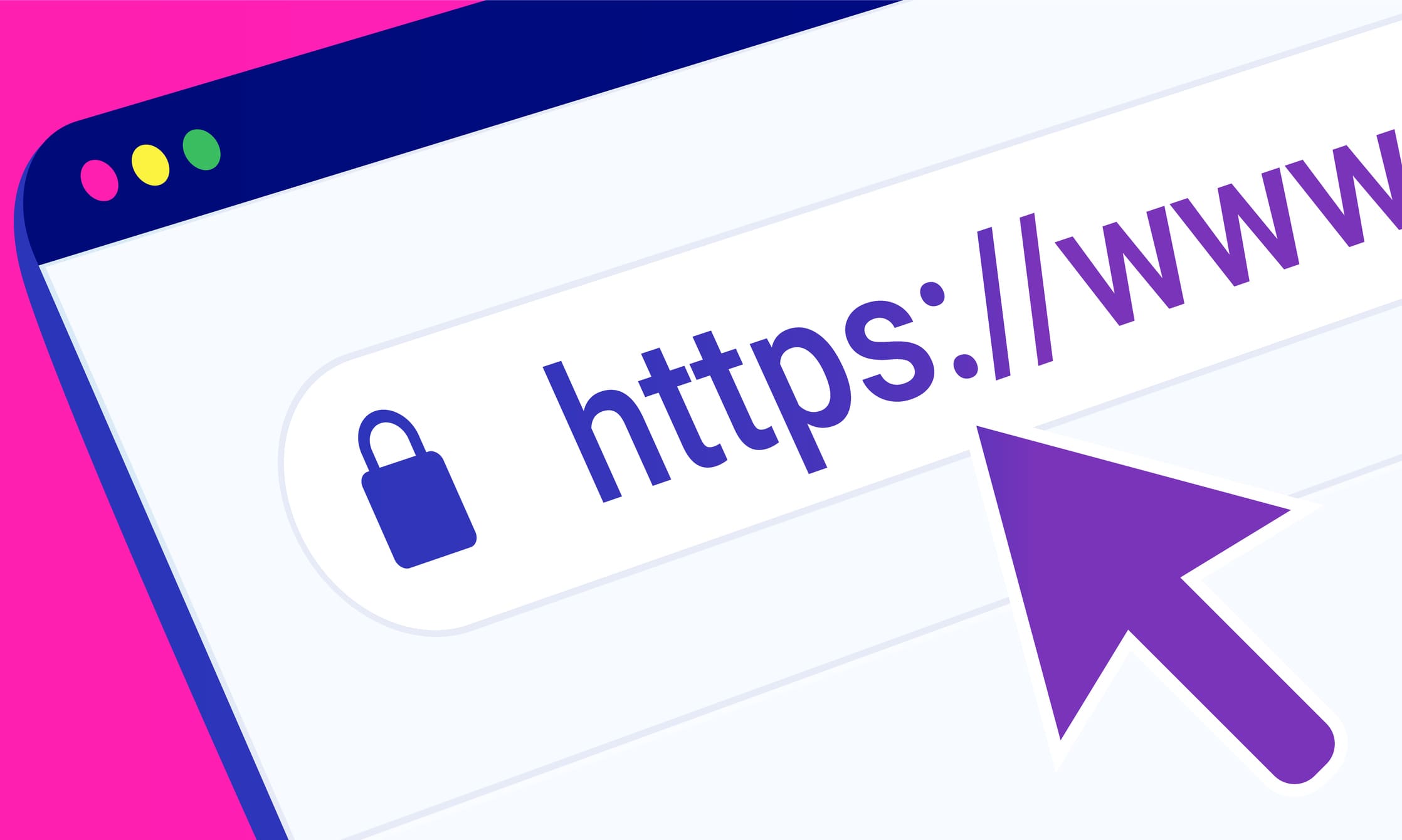In the digital age, online security is becoming a priority, especially when it comes to financial transactions and sensitive data. One of the main tools to protect users online is the HTTPS protocol and digital certificates. Let’s look at why their verification is so important.
What is HTTPS and how does it work?
HTTPS (Hypertext Transfer Protocol Secure) is a secure version of the standard HTTP protocol, which is used to transfer data between a user’s browser and a website server. The protection is achieved by encrypting information using SSL/TLS protocols.
The main advantages of HTTPS:
- Data encryption
All data you send or receive from the site (e.g. logins, passwords, bank details) is encrypted, making it impossible for attackers to intercept. - Authentication
HTTPS confirms that you are actually interacting with a legitimate website and not a fake copy of it. - Data integrity
Encryption protects data from being tampered with during transmission, which is especially important for financial transactions.
Role of digital certificates
A digital certificate is an electronic document that confirms the authenticity of a website. Such certificates are issued by authoritative certificate authorities (CAs) that verify the owner of the site before issuing the certificate.
When you visit an HTTPS site, your browser checks the certificate to ensure that:
- The certificate was issued by a trusted CA.
- It applies to the domain you are visiting.
- The certificate has not expired.
If something is wrong with the certificate, the browser warns you about it (for example, by displaying a connection error message).
Why is it important to check HTTPS and digital certificates?
- Phishing protection
Fraudulent sites often use the HTTP protocol or fake certificates. Verifying HTTPS and certificates helps ensure that you are on a real site and not a phishing copy. - Protecting personal data
If you enter data on a site without HTTPS, it is transmitted in the clear and can be intercepted by attackers. This is especially dangerous on public Wi-Fi networks. - Confidence in the authenticity of the site
Certificates confirm that a site belongs to the claimed owner. For example, if you visit a bank’s website, verifying the certificate ensures that it really belongs to the bank and not to fraudsters. - Prevent man-in-the-middle (MITM) attacks
HTTPS prevents tampering with the connection between you and the website, protecting data from being intercepted or spoofed.
How do I verify HTTPS and the digital certificate?
- Look at the website address
Make sure the address starts with https:// and not http://. - Pay attention to the padlock in the address bar
Most browsers display a padlock icon next to the website address. By clicking on it, you can see the certificate information. - Check the certificate information
Click on the lock icon and examine the certificate information, including the company name and certification center. - Avoid sites with browser warnings
If your browser reports a certificate error (for example, the certificate is invalid, expired, or was issued by an untrusted authority), do not enter any data on such a site.
Conclusion
Checking HTTPS and digital certificates is not just a recommendation, but a necessity in today’s environment. These measures protect your data from interception, prevent fraud and help you avoid financial losses. Be careful when visiting websites, especially if you are entering sensitive information, and always make sure your connection is secure. Your attention to detail can be a strong barrier to attackers.



